
Cuisine
Hubei cuisine
Hubei cuisine is known for its bold and spicy flavors. It is characterized by the use of freshwater fish, such as carp and catfish, as well as a variety of meats and vegetables. The cuisine also features a lot of soups and stews, which are often served with rice.
Typical ingredients
Freshwater fish, Pork, Beef, Chicken, Tofu, Scallions, Ginger, Garlic, Soy sauce, Vinegar, Sesame oil, Chili peppers
Presentation and garnishing
Hubei dishes are often presented in large communal bowls or platters, and are garnished with fresh herbs and vegetables. The cuisine also features a variety of pickled vegetables and condiments, which are used to add flavor and texture to dishes.
Hubei cuisine is also known for its unique hot pot culture, which involves cooking a variety of meats and vegetables in a spicy broth at the table.
More cuisines from this region...
Sichuan cuisine, Cantonese cuisine, Shanghai cuisine, Shanxi cuisine, Zhejiang cuisine, Putian cuisine, Shandong cuisine, Chiuchow cuisine, Teochew cuisine, Yunnan cuisine
History
Hubei cuisine has a long history that dates back to the Han dynasty. The cuisine has been influenced by the neighboring provinces of Hunan and Sichuan, as well as the nomadic cultures of the north. Hubei cuisine has since spread to other parts of China and the world.
Cultural significance
Hubei cuisine is an important part of Hubei culture and is often served at festivals and other special occasions. It is also popular among overseas Chinese communities, particularly in North America.
Health benefits and considerations
Hubei cuisine is generally considered to be healthy, as it features a lot of vegetables and lean meats. However, some dishes may be high in sodium and fat due to the use of oils and sauces.
Hubei cuisine recipes Browse all »

Crispy Fried Squid Rings with Hubei Twist
Golden Rings of Delight: Hubei-style Crispy Fried Squid

Hubei-style Meitschibei
Savory Hubei Delight: Meitschibei with a Local Twist
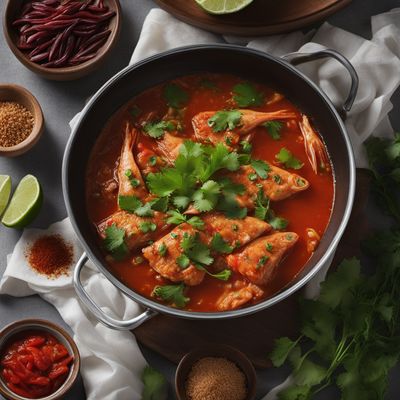
Hubei-style Fish Stew
Spicy and Fragrant Hubei Fish Stew

Hubei-style Stuffed Pancake Balls
Savory Filled Pancake Delights: Hubei-style Stuffed Pancake Balls
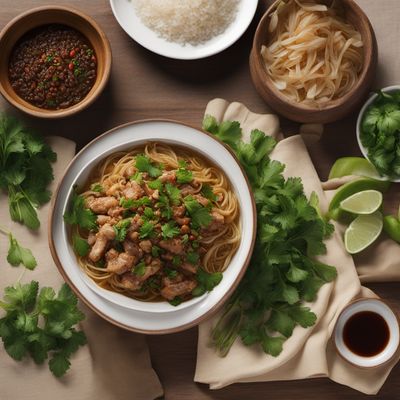
Hubei-style Repe
Savory Hubei Potato Soup: A Taste of Hubei Cuisine
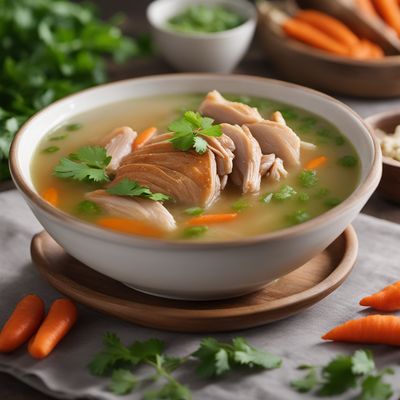
Hubei-style Chicken Soup
Hearty Hubei Chicken Broth: A Taste of Comfort and Tradition

Hubei-style Spicy Lobster
Fiery Lobster Delight: A Spicy Hubei Twist
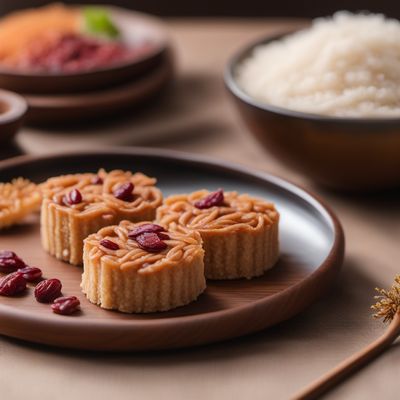
Hubei-style Sweet Rice Cake
Hubei Delight: Sweet Rice Cake with a Twist

Hubei-style Pizza Strips
Savory Fusion: Hubei-style Pizza Strips with a Chinese Twist

Hubei-style Tomato Soup
Tangy Tomato Delight: Hubei-style Soup with a Twist
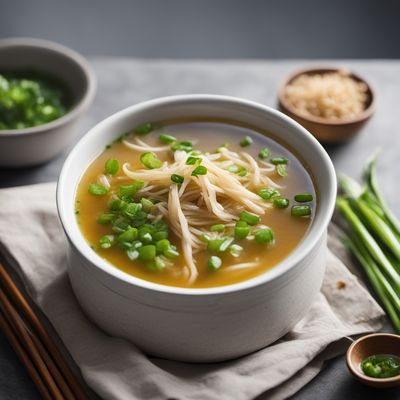
Hubei-style Egg Drop Soup
Silky Egg Drop Soup with Hubei Flavors

Hubei-style Chazuke
Savory Rice Soup with a Hubei Twist